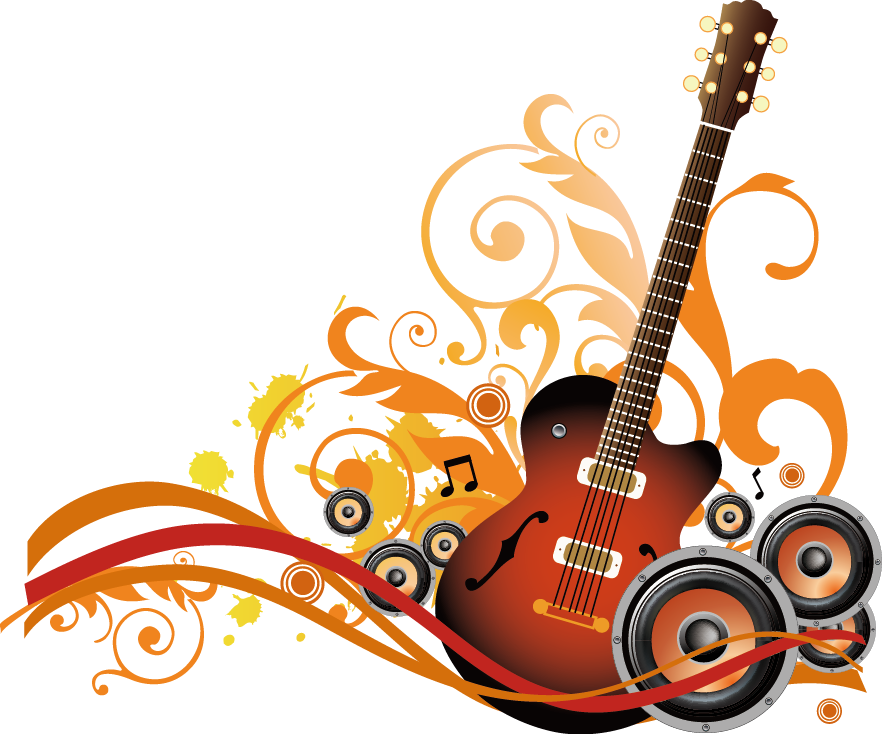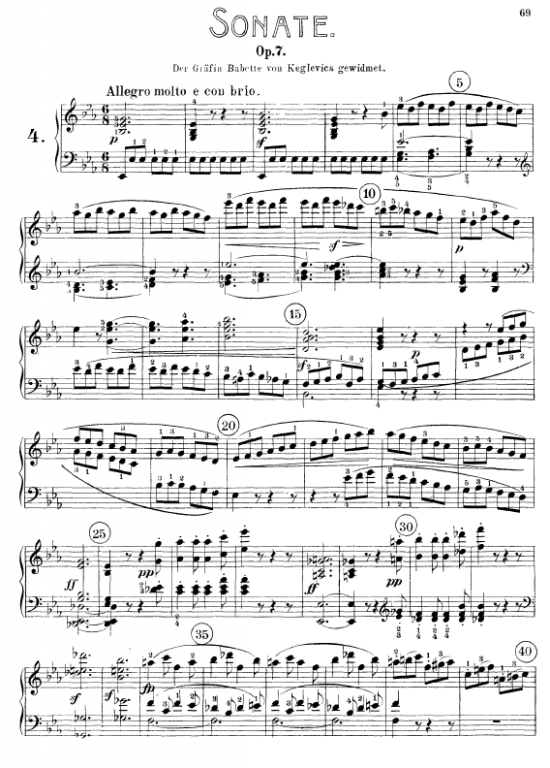General Information
| Work Title | Piano Sonata No.16 |
|---|---|
| Alternative. Title | |
| Name Translations | Piano Sonata No. 16; Klaviersonate Nr. 16; Sonata para piano n.º 16; Pianosonaatti nro 16; Sonate pour piano nº 16 de Beethoven; Sonata per pianoforte n. 16; ピアノソナタ第16番; 피아노 소나타 16번; Pianosonate nr. 16; Sonata fortepianowa nr 16 Beethovena; Соната для фортепиано № 16; Соната для фортепіано № 16; Sonata per a piano núm. 16; Σονάτα για πιάνο No. 16; 第16號鋼琴奏鳴曲 (貝多芬) |
| Name Aliases | Piano Sonata No. 16 in G Major, Op. 31, No. 1; Pianosonate nr. 16 (Beethoven) |
| Authorities | |
| Composer | Beethoven, Ludwig van |
| Opus/Catalogue NumberOp./Cat. No. | Op.31 No.1 |
| I-Catalogue NumberI-Cat. No. | ILB 177 |
| Key | G major |
| Movements/SectionsMov’ts/Sec’s | 3 movements:
|
| Year/Date of CompositionY/D of Comp. | 1801–02 |
| First Publication. | 1803 |
| Average DurationAvg. Duration | 24 minutes |
| Composer Time PeriodComp. Period | Classical |
| Piece Style | Classical |
| Instrumentation | piano |
| External Links | Wikipedia article |
Navigation etc.
| Beethoven Piano Sonatas | |
|
|
Second Movement (Adagio Grazioso)
Form: Rondo Form. C Major.

FIRST PART:
Bars 1-16: First Subject in C major (tonic). The first subject ends, Bar 8, in the tonic key; Bars 9-16 are a repetition of it, ending in the dominant.
Bars 16-26: Episode. The episode commences with a three-bar phrase, Bars 16-19, modulating to D minor, repeated, Bars 19-22, a tone lower, and is followed by a modulation to the key of the dominant. It ends in that key, Bar 26. A Cadenza leads back to the tonic key.
Bars 27-35: First subject (varied) in original key.

SECOND PART:
Bars 36-65: Episode beginning in A flat major. The second part commences with a new episode in the key of A flat major, ending Bar 54, followed by some passages, principally upon dominant pedal point, suggestive of the episode, ending with full close on tonic, Bars 64-65, simultaneously with the re-entry of the first subject.
THIRD PART:
Bars 65-80: First Subject (varied) in original key. Though the first subject is considerably varied, the harmony is unchanged.
Bars 80-90: Episode. Though the episode is considerably varied, the harmony is unchanged. It is unusual for an episode to appear without some harmonic change.
Bars 91-98: First Subject (varied) in original key.
Bars 98-End: Coda. The Coda is of great interest, principally referring to the first subject.
Third Movement (Allegretto)
Form: Rondo Form. G Major.


FIRST PART:
Bars 1-33: First Subject in G major (tonic). The first subject is in two section, Bars 1-9 and 9-17, it ends Bar 17. Bars 17-33 being a varied repetition of it.
Bars 33-43: Episode. The episode is entirely formed on the initial figure of the first subject. It begins in E minor and modulates to D and then to A, in which key it ends, Bar 43.
Bars 43-53: Second Subject in D major. The second subject consists of nothing but tonic and dominant harmony; the dominant appearing in an inner part throughout.
Bars 53-67: Episode. The episode consists of a passage leading back to the tonic key.
Bars 67-83: First Subject in original key. The first subject re-appears without the repetition.
SECOND PART:
Bars 83-133: The development leads off with the first phrase of the first subject in G minor in the bass, Bars 83-87, followed by some canonical imitations, Bars 87-99. The whole of it is based on the first subject.
THIRD PART:
Bars 133-165: First Subject (varied) in original key. In the third entry of the first subject, the repetition which was omitted in its second entry occurs varied.
Bars 165-179: Episode. The original corresponding episode is lengthened, and ends in D major instead of A, as before.
Bars 179-189: Second Subject in G major (tonic).
Bars 189-207: Episode. This episode, which beings as the previous episode (Bars 53-67), transposed to the tonic key, is here extended, and instead of leading to the return of the first subject in its original form, it leads to a Coda, Bar 207.
Bars 207-End: Coda. The Coda begins with a dominant pedal point, bearing contrapuntal references to the second section of the first subject. From Bar 225 to the end there are several reminiscences of the first subject, which take the place of the regular final return of that subject.
First Movement (Allegro Vivace)
Form: Sonata Form. G Major.


EXPOSITION:
Bars 1-27: First Subject in G major (tonic). The first subject modulates to D major (Bars 11-12), into F major (Bars 12-19), then into C major, eventually ending with full close on tonic (Bar 27).
Bars 28-67: Connecting Episode. The connecting episode commences with a repetition of the final cadence of the first subject, Bars 28-31, followed at Bar 31 by a passage, the commencement of which is taken form Bar 3, ending on the dominant, Bar 46 – at this bar there is a reminiscence of the first subject modulating to the dominant of B major.
Bars 67-99: Second Subject in B major and minor. The second subject (instead of being in the dominant key) leads off with a passage of eight bars in B major, which is partly repeated in the bass, Bars 75-78, in B minor. Then follows a series of sequences, Bars 79-99, passing through several keys.
Bars 99-111: The Coda begins with a two-bar figure in B minor, Bars 99-100, which is repeated, Bars 101-102, in B major, and again, Bars 103-104, in B minor; the same figure still in B minor continues to the end of the Coda, the time being diminished to one bar.
Double bar and repeat from Bar 4.
DEVELOPMENT:
Bars 112-195: The development does not refer to the second subject, but principally refers to the first subject and to the connecting episode.
RECAPITULATION:
Bars 196-211: First Subject in original key (curtailed). The modualtions to the keys of F and C are omitted in the re-appearance of the first subject.
Bars 211-221: Connecting Episode. The connecting episode is very much shortened, and is altered so as to end on the dominant of F major instead of the dominant of B major.
Bars 221-269: Second Subject in E major and minor and G major (tonic). The second subject (which should re-appear in the key of the tonic) commences with the first eight bats in E major (Bars 221-228), partly repeated in E minor (Bars 229-236), with a modulation to G major, in which key these same bars re-occurs (Bars 237-244). Bars 237-269 are a repetition of Bars 67-99 harmonically changed.
Bars 269-End. Coda. The Coda is extended, Bar 282.


































